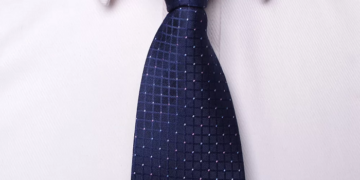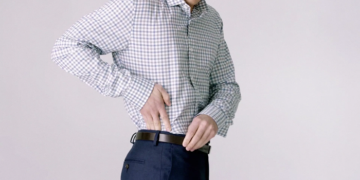Ground paints are universal compositions, which are much better adherence with stained surfaces than the same enamel.
They are produced from some substances that underlie the binders of the enamels with the addition of plant oils, which, in fact, increase the unique properties of adhesion.
After the soil paint dries, it acquires a rough texture, as a result of which, if you cover this surface with enamel, you get a good result.
However, this does not mean at all that the primer should be used exclusively with enamels or other colors. Soil paint is also perfect for decorating some surfaces on its own, but the negative moment in all this is that the number of shades for soil paints are not so large.
Using soils, you can significantly improve the type of metal smooth surfaces, to which, as is already known from practice, enamel categorically refuses to pester. As a result, the primer is first applied, and after that any other finishing paint is already applied, which you will consider to be the best.
Most often, soil paints are made of synthetic binding materials and substances, however, glypttal substances are most common, since they provide more adhesion before the subsequent painting of finishing paint.
As for the purchase of soils, you should pay attention to what materials they are intended for, since it can be soils on wood, which are completely unsuitable for applying to metal surfaces and structures. The price of the primer is quite low, allowing it to acquire it to absolutely any, depending on what color it interests it, for which kind of material, soil paint is intended and what volume is needed.
Finally, it should also be noted that primers can be intended both for external work and internal ones, while their properties are very different enough, so this should be borne in mind.







